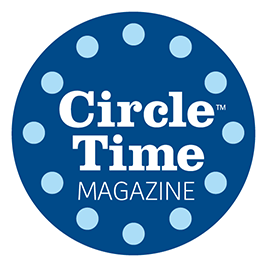Positive Behavior Support, Episode 1 Knowledge Check

Circle Time Magazine Season 2, Episode 1 Knowledge Check

Circle Time Magazine Season 2, Episode 1 Knowledge Check
Knowledge Check Answer Key (Questions 1 – 7)
Thank you for completing the Knowledge Check questions. An answer key to these questions is listed below.
Question 1: What does responsive caregiving look like in action?
Question 2: Our feelings, thoughts, and behaviors are all connected.
Question 3: Which of the following are positive interactions that can be used to build a relationship with a child (or to "make deposits" into "relationship piggy banks" as Gail shared)? (Select all that apply.)
Question 4: Which strategies could a child care provider use to review their implicit biases?
Question 5: Here are some questions to reflect on and help you examine your own implicit bias. Please indicate which prompt you would like to use as a point of reflection. There is no right or wrong answer for this question. It is one step you can take to examine your own implicit bias.
1. Think about the children in your care that you easily connect with. Who is it easier to build a strong relationship with and why?
2. Think about a child you struggle to connect with. Who is it more difficult to have a strong relationship with? What kinds of behaviors make it a struggle to connect with them? Why?
3. What behaviors am I spending a lot of time correcting? Are there children who have these behaviors more often than others? Why am I paying more attention to these behaviors?
Question 6: If you would like to share something from your reflection, feel free to do so in the below text box.
This answer is optional and will vary from person to person.
Question 7: Expressing gratitude is one approach to building resilience. Which strategy (or strategies) did Gail share in the video?
Contact Us
Please contact us at cultiv8@uw.edu if you have questions about Circle Time Magazine. Like Cultivate Learning on Facebook and Instagram to stay connected to our latest work.
Want more of Circle Time Magazine?
We've got a whole collection of episodes for you to dive into. Check out more seasons and episodes currently available.







